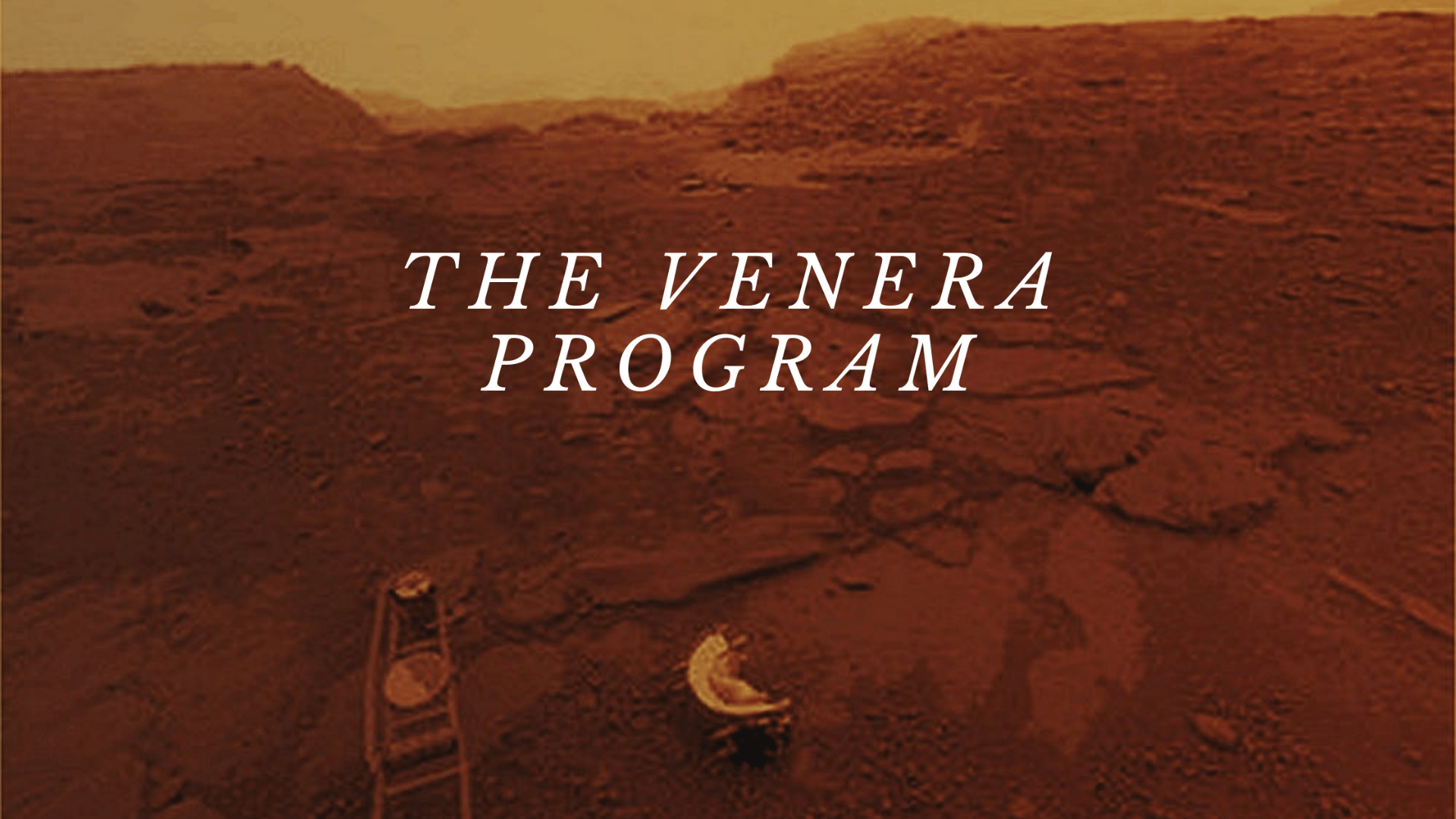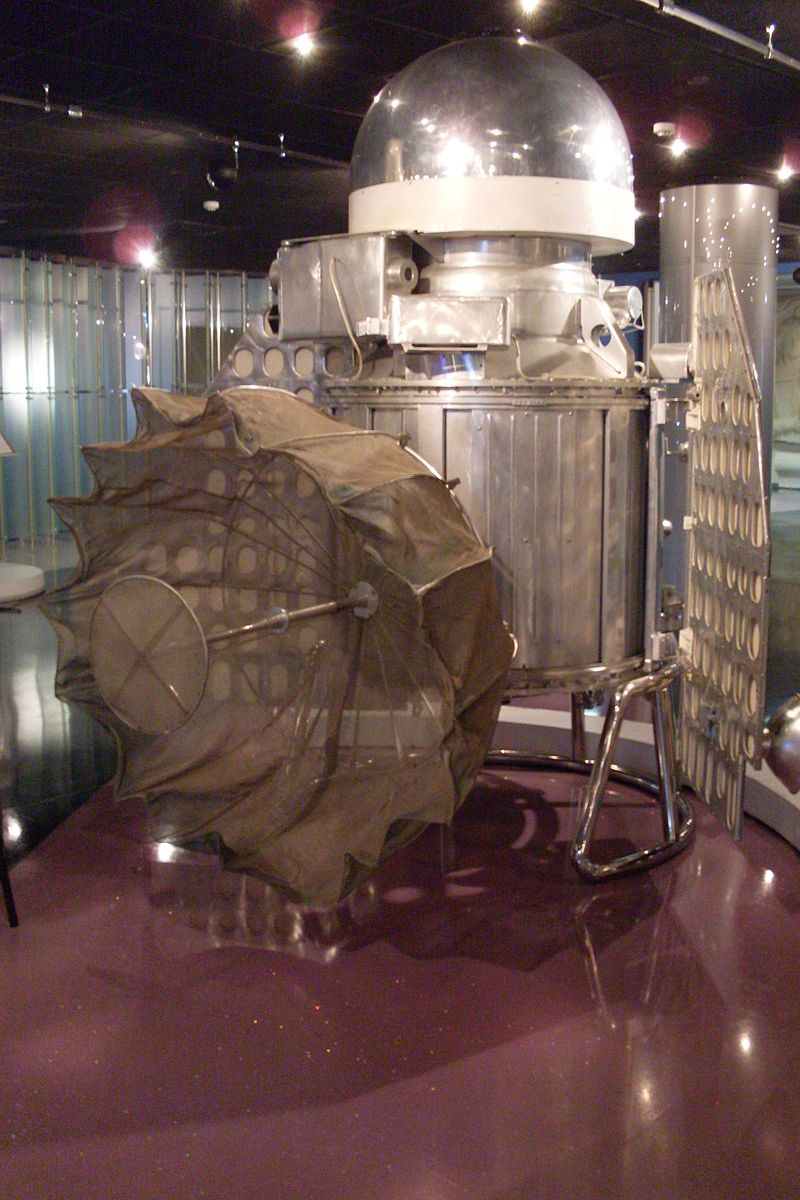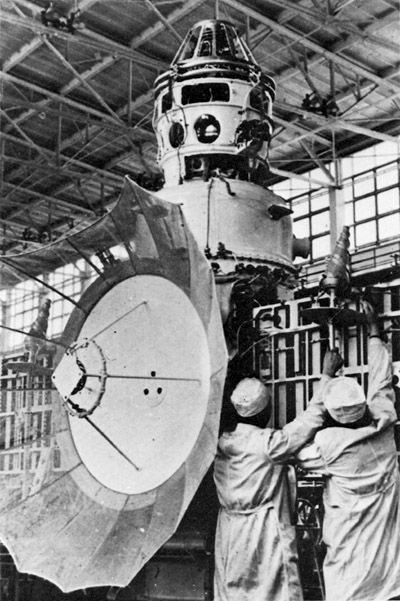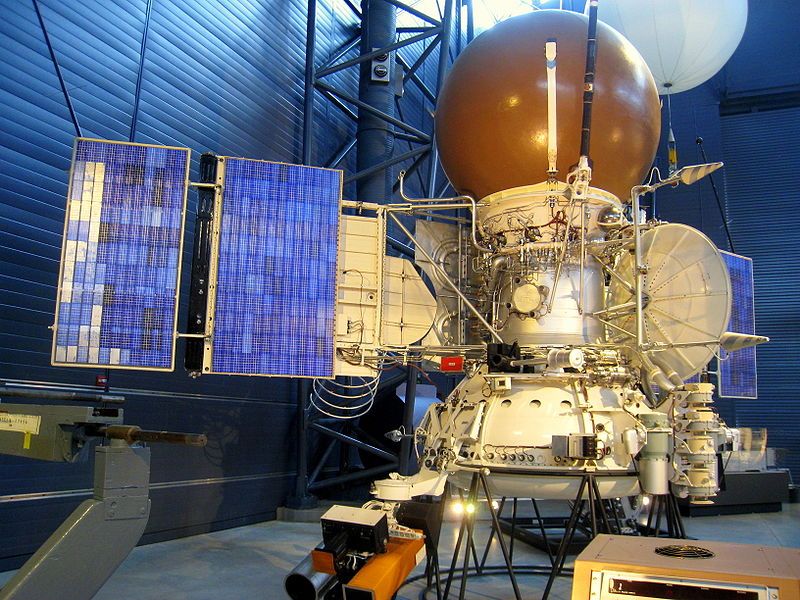
The Venera Program

The Venera program was a series of space probes developed by the Soviet Union between 1961 and 1984 to gather information about Venus. Ten probes successfully landed on the planet's surface, including the two Vega program and Venera-Halley probes, making thirteen successful entries to the Venusian atmosphere. The probes only survived a short period on the surface of Venus due to the extreme surface conditions, with times ranging from 23 minutes to two hours.
Venera 1 and 2 were intended to fly past Venus without entering orbit around the planet. On February 12, 1961, Venera 1 was launched, but telemetry failed a week after launch. Venera 2 launched 4 years and 9 months later on November 12, 1965, but also suffered from telemetry failure after leaving Earth orbit. The Soviet Union launched several other failed attempts at Venus flyby probes in the early 1960s. However, they were not announced as planetary missions and thus did not officially receive the "Venera" designation.
The Venera 3 through Venera 6 probes were similar to their predecessors, and the probes were optimized for atmospheric measurements but not equipped with any special landing apparatus. Although they hoped they would reach the surface still functioning, the first probes failed almost immediately, and data transmission to Earth was disabled. On March 1, 1966, Venera 3 became the first human-made object to impact another planet's surface as it crash-landed. However, the spacecraft's data probes failed upon penetrating the atmosphere, so no data was retrieved from the mission.

Following the failure of Kosmos 482, Venera 9 and 10 probes were launched in 1975, and Venera 11 and 12 probes from 1978 were designed differently. They weighed approximately much more and were launched by the powerful Proton booster. They included a transfer and relay bus with engines to brake into Venus orbit and served as receiver and relay point for the entry probe's transmissions. This new version of the probe was designed to operate on the surface for a minimum of 30 minutes, and the instruments included varied for different missions. However, all four landers had problems with some or all of their camera lens caps not releasing.

The scope of the Venera program is not confined to the 16 launched probes. The VeGa probes that were sent to Venus and comet 1/P Halley were launched in 1984 using the basic Venera design, which included landers and atmospheric balloons, which relayed data for about two days. Additionally, Venera-D is a proposed future mission to Venus that would include a highly capable orbiter and a lander.
The scientific information about Venus from the data retrieved by the Venera probes was vast. For example, radar images returned from Venera 15 and 16, were analyzed and it was concluded that the grooves and ridges on the surface of Venus resulting from tectonic deformations.
The Venera program established various precedents in terms of space exploration and achieved many firsts. Venera 3 became the first human-made device to enter the atmosphere of another planet on March 1, 1966, and Venera 7 became the first to make a soft landing on another planet on December 15, 1970. Venera 9 was the first to return images from another planet's surface on June 8, 1975, Venera 13 was the first to record sounds on another planet on October 30, 1981, and Venera 15 became the first to perform high-resolution radar mapping scans on June 2, 1983. 
